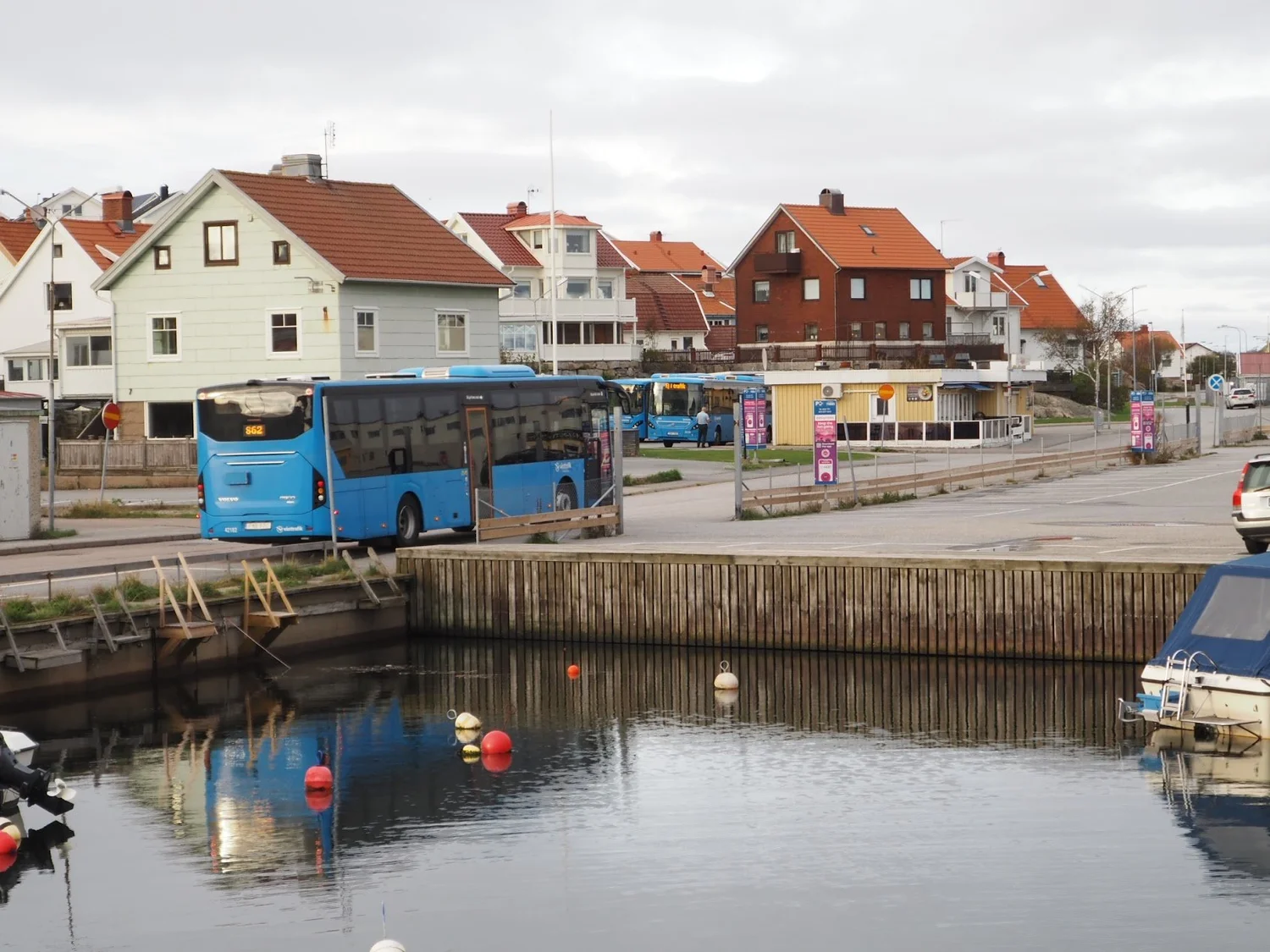10/23/25: Governor signs SB63! Bay Area transit ballot measure moves one step closer.
Governor signs SB63, paving way for transit funding regional measure and signature gathering campaign
This legislation marks an important step towards getting a regional transportation funding ballot measure on the November 2026 ballot. If passed by voters, the bill would prevent deep service cuts on Bay Area public transit, and would unlock hundreds of millions of dollars for rider-focused improvements such as free transfers, new unified maps and signs, improvements to accessible transportation services, and reliability improvements. For more specifics, read the full details here.
Between January and June, a massive signature gathering effort will be underway to get this measure on the November ballot and then the work of getting voter approval. Seamless Bay Area will continue to work with allies to build up the coalition and help people get involved to get the ballot measure passed. Stay tuned for more info.
December 10th launch of free/reduced priced transfers, open payment
On Monday, the Clipper Executive Board (transit agency general managers) voted to approve a December 10th launch date for Clipper Next Generation, the next important milestone in the Bay Area's transit fare integration strategy.
This new system will enable two key new features making transit more convenient and affordable:
Open payment, or the ability to pay transit fares with credit, debit, and mobile wallet options and
Inter-agency free/reduced price transfers, enabling a $2.50 discount on each transfer to other transit agencies within two hours of the first boarding (i.e. BART to Caltrain, Caltrain to VTA, etc).
Unfortunately, riders who qualify for discounted fare programs will not be able to access their discounts yet when they pay with open payment. MTC says access to discounted fares with open payment is planned for the future, but no schedule details are available yet. This is a major equity gap for riders such as older adults, people with disabilities, people with limited-incomes, and young people who rely on our transit network and discounted fares for their mobility needs.
Seamless Bay Area and disability advocacy organizations sent a letter urging MTC to provide more clarity about next steps and schedule implementation for when fare discount programs will be available though open payment.
Transbay Coalition and Seamless Bay Area Fall Fundraising Garden Party (Berkeley) | Sunday, November 9th, 2:00-4:00pm
Bay Area transit just finished a politically successful legislative session in part because of Seamless and Transbay’s leadership in the pro-transit community. Together our work was critical to passing SB63, setting the stage for getting hundreds of millions of dollars annually for transit funding, winning a $750 million loan to prevent imminent cuts to BART, AC Transit, Muni, and Caltrain, and helping to reauthorize the state’s Cap and Trade program with essential funding for transit, rail, and affordable housing near transit.
But there is still a lot of work ahead to make transit in the Bay Area plentiful, convenient, accessible, and affordable for all so come party it up while helping Transbay Coalition & Seamless Bay Area get the resources they need to sustain and scale up our organizing in the East Bay and throughout the nine-county Bay Area!
Recent from our blog
Open Payment jumps to 10% of BART trips, nearly 30% at SFO
Unfortunately, riders who qualify for discounts - senior, low income, youth and disability - cannot yet get access to their discounts if they pay with a credit, debit, or prepaid card. BART’s data shows that 15.6% of riders use one of these discounts. MTC says that the capability for people to get access to their discounts when paying with a credit or debit card is planned for the future, but no schedule details are available yet.
Timed Transfers at Ikea: First Impressions of Sweden's Connected Public Transportation Network
Sweden’s public transportation seamlessly connects urban, suburban, and rural areas across a vast geography larger than the state of California. Seamless Bay Area board member Ian Griffiths kicks off a multi-part blog series focusing on what lessons California can learn from Sweden’s public transit, as he travels to Sweden’s major urban regions interviewing key transportation leaders.
Illinois may be leapfrogging ahead of California with a bill to reform governance, funding and transit project delivery for Chicago Transit Authority, Metra and Pace. SB 3438 would replace the existing Regional Transportation Authority with the Northern Illinois Transit Authority (NITA) to coordinate schedules and fares for these services. NITA’s full set of responsibilities and authorities would make arguably the first true ‘network manager’ in the US - and could thus be transformative in leading toward a seamlessly integrated network in the greater Chicago region.
If you are able to, please consider donating to help support the movement for a world-class Bay Area transit network.
Also, you can help build the movement by sharing one of our newsletters, blog posts, events, or social media pages with one other person. Thank you!




